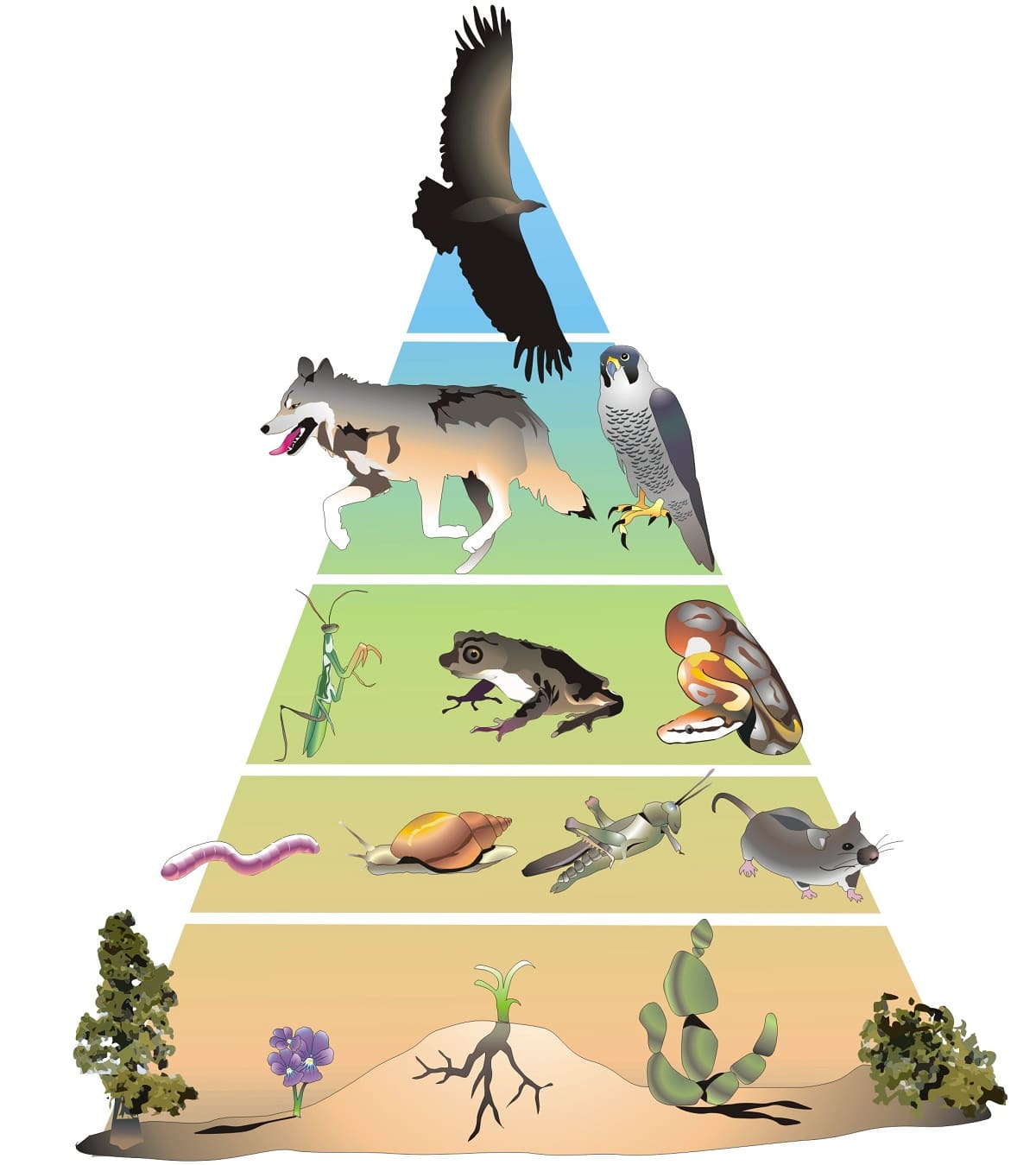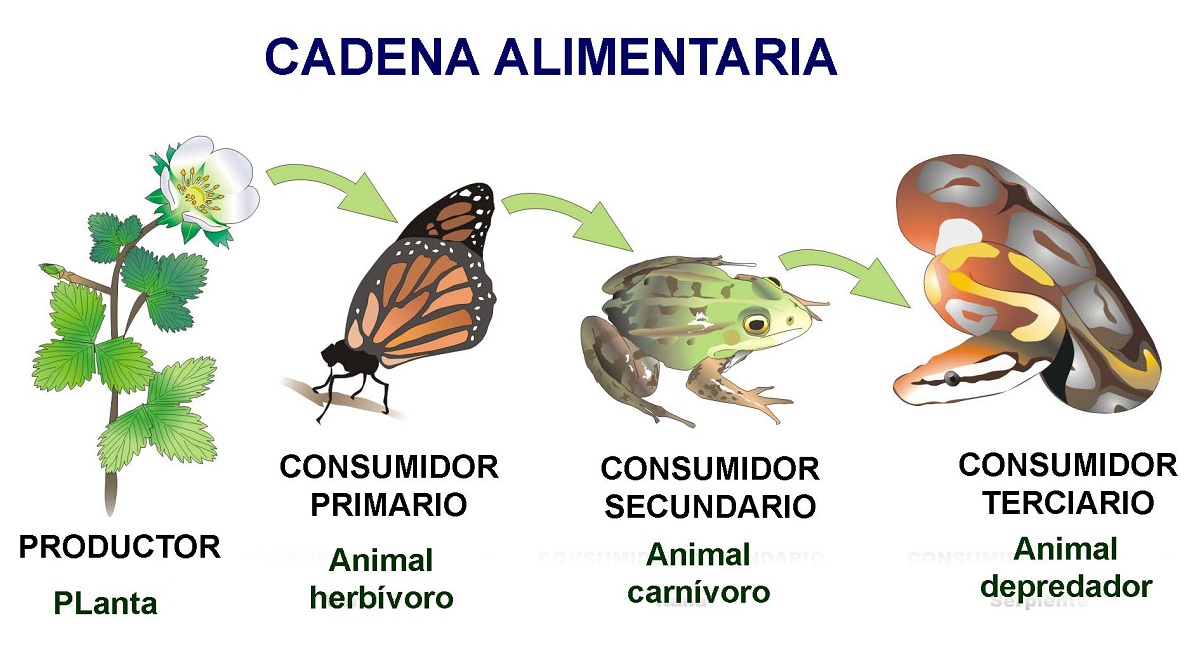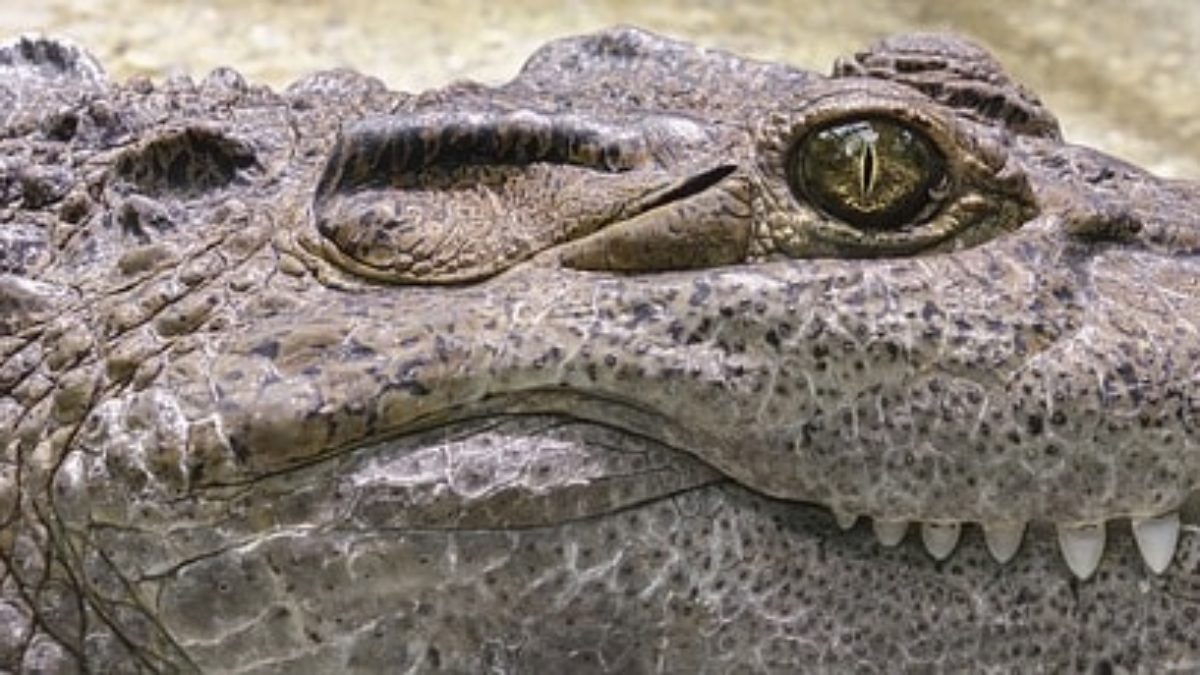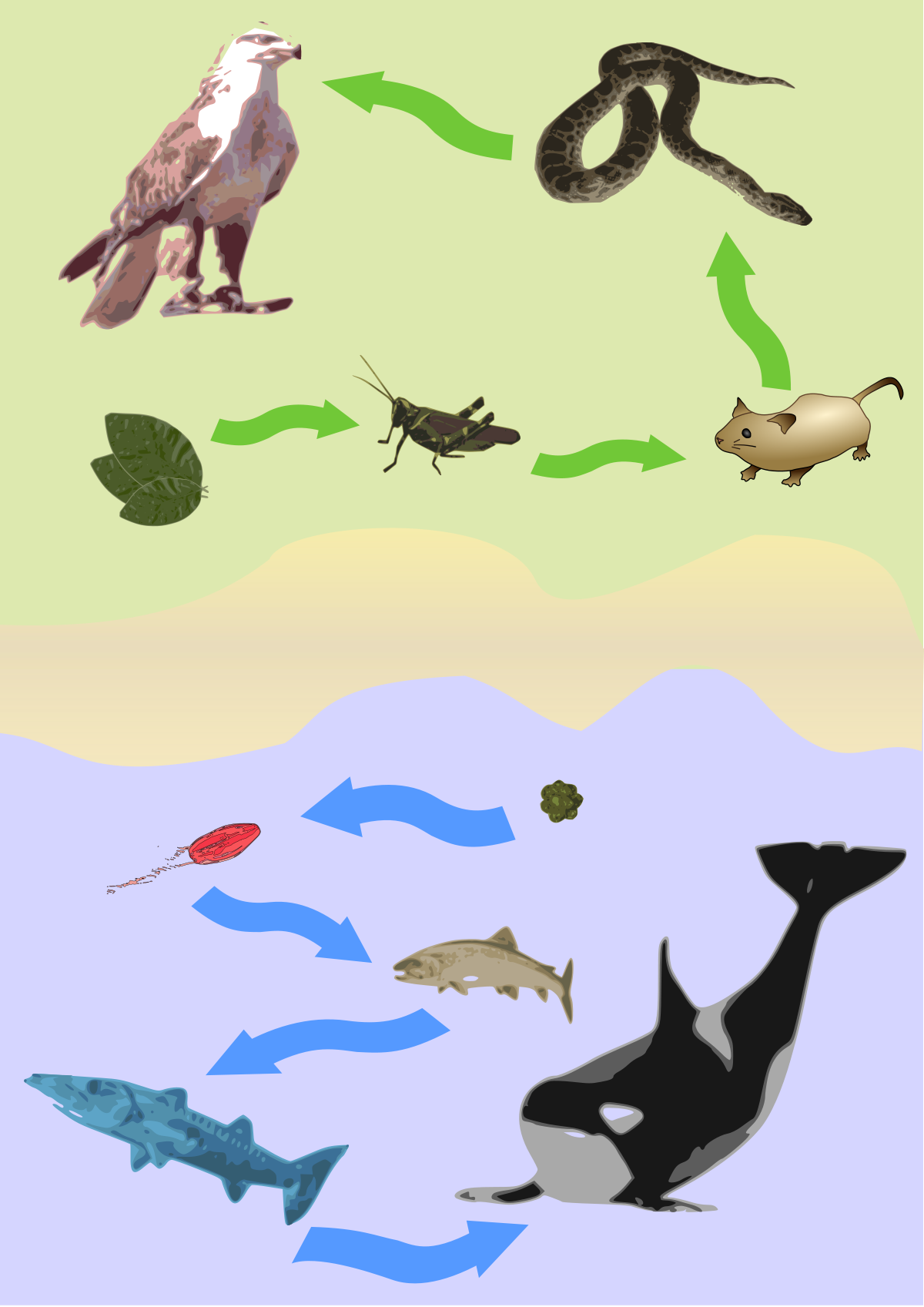
Natural ecosystems are managed through chains of animals that serve a function. These chains are called trophic chains and are analyzed and studied within a branch of biology known as ecology. This science is the one in charge of studying the relationships that are established between the environment and organisms. That is, not only the relationship between the environment and the organisms is studied, but the interactions that can occur between different species. In the terrestrial realm There are numerous organisms that fulfill various functions at different levels of the terrestrial food chain.
Therefore, we are going to dedicate this article to tell you about all the characteristics and importance of the terrestrial food chain.
What is the terrestrial food chain

A fairly important relationship that takes place in the environment is nutrition. Some organisms feed on others or their waste and in this way matter and energy can be transformed. A food chain refers to the transfer of energy and matter that is passing from one organism to another. In addition, this terrestrial food chain takes into account the energy that is lost through respiration in each of the groups of organisms. The terrestrial food chain is one that involves terrestrial organisms. That is, to species of animals and plants that carry out vital functions in the terrestrial environment and outside the aquatic environment.
Levels of the terrestrial food chain

Within the terrestrial food chain we find the following levels:
- Producing organizations: are those that are normally plants and that are responsible for transforming inorganic matter into organic matter. They are the living beings that initiate this chain. Transform the sun's energy into organic matter through the process of photosynthesis.
- Primary consumers: they are the animals that feed on the producing organisms both in their entirety and on some of their parts. It can be from the whole plant or from the leaves, roots, seeds or fruits. The most normal thing is that they are herbivorous animals, although there are also omnivorous animals that feed on plants.
- Secondary consumers: They are also known by the name of mesopredators. They are animals that are responsible for hunting and feeding on primary consumers or herbivores. These animals are carnivores and are not capable of developing energy on their own.
- Tertiary consumers: They are also known as super predators. They are animals that can feed on both herbivores and primary consumers. They are essential in ecosystems since they act as organisms that prevent the overpopulation of other species. It usually prevents overpopulation of habitual predators and helps balance the ecosystem.
In ecosystems there are no simple trophic chains where we find an individual or a type of individual in each link. There are many chains that are related to each other and is what is known as the food web.
Differences between terrestrial and aquatic food chain

We are going to see what are the different aspects that make the terrestrial food chain different from the aquatic one. Each ecosystem has its own food chains that are made up of the animals and plants that live within that biome. A trophic chain of a terrestrial ecosystem differs from an aquatic one in that the latter is formed by beings that inhabit aquatic environments. What varies mainly is the ecosystem where the organisms live.
The most normal thing is that both chains can be related in some environments. Some aquatic beings are capable of predating land animals and vice versa. For example, the common kingfisher is part of the terrestrial environment and feeds on small fish that belong to the aquatic environment. Another example is that of archer fish. These fish hunt insects that fly over and land on plants that are located near the surface of the water. This is a clear example of a mix between the terrestrial and aquatic food chains.
Decomposing organisms are those that are responsible for treating the remains of dead organisms from any part of the chain. These organisms transform the remains of corpses into their own matter to feed themselves. Finally, this transfer of matter ends up being energy that surrounds the beginning of the chain, becoming primary producers.
Examples
There are countless examples of terrestrial food chains. There are practically so many examples that they are countless. New relationships are discovered every day as different species and the interactions between them and the environment are studied further. We are going to show several examples of a terrestrial food chain:
Example 1
Here we find the calendula as a plant that is the primary producing organism. The bee feeds on the pollen and nectar of the flower only, so the plant does not suffer any type of damage. The bee-eater is a bird that specializes in hunting bees, although it can also be a predator of other insects. Finally, the fox, although it does not hunt the adult specimens, can attack the nests that these birds build on the ground. Thus, manages to prey on the young from the eggs.
In this example we see that the primary producers are consumed by the primary consumers and, in turn, by the secondary consumers. These predators end up dying and are consumed by decomposing organisms. The decomposing organisms are usually the bacteria and fungi that are responsible for killing the corpse of the fox.
Example 2
The spruce is a conifer whose lines serve as food for the elk. Although it is not directly footwear by the snow fox, so it can eat the remains of a corpse. The fox is in turn preyed upon by the wolf. The wolf is regarded as a super predator that is capable of hunting both moose and foxes.
As you can see, there are many types of relationships between living things that make up an ecosystem. Depending on the type of interaction that exists between them, the terrestrial food chain will have more or less links and different characteristics.
I hope that with this information you can learn more about the terrestrial food chain and its operation.